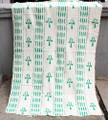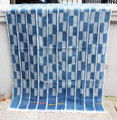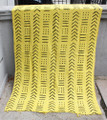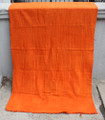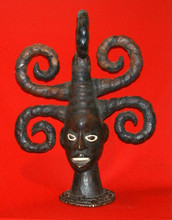 Loading... Please wait...
Loading... Please wait...Product Description
The Ekoi of Nigeria carve cephalomorphic and zoomorphic headdresses which tend to be covered with antelope skin; consisting of applying a fresh skin atop a wooden core, then adding hair and details. The varnished antelope skin substitutes for the previous use of human skin. The Ekoi have produced these works as far back as 200 AD. These headdresses were used to watch over the behavior of members of the tribe. The wearer, with mask tied upon head and attached to a long flowing raffia costume, during certain ceremonies, would approach and challenge troublemakers and punish wrong doers openly. The large, prominent, protruding, antelope skin covered braids are a main characteristic of the Ekoi headdress. In African life and sculpture hair has received a lot of attention. Hair is a cultural element of social communication and an expression of identity, social status or profession. The production of this type of mask was initially attributed to the Ekoi but the work is also encountered, with some variation among the Efik and Banyang in the northeast. Ibibo in the west and as far as Cameroon among the Banwa peoples. The Ekoi or Ejagham were into slave and palm oil trading with the Europeans and maintained contact with them from about 1668. This contact may help to explain the naturalism of their artistic output. The base is constructed from a heavy fiber and enables the structure to stand on its own.
Please click photo for enlargement.
Sold
Dimensions: 19 1/2 inches tall x 15 inches across x 12 1/2 inches deep.
Any QUESTIONS or to be placed on a reserve list for this item please leave a message here at Contact Us!



